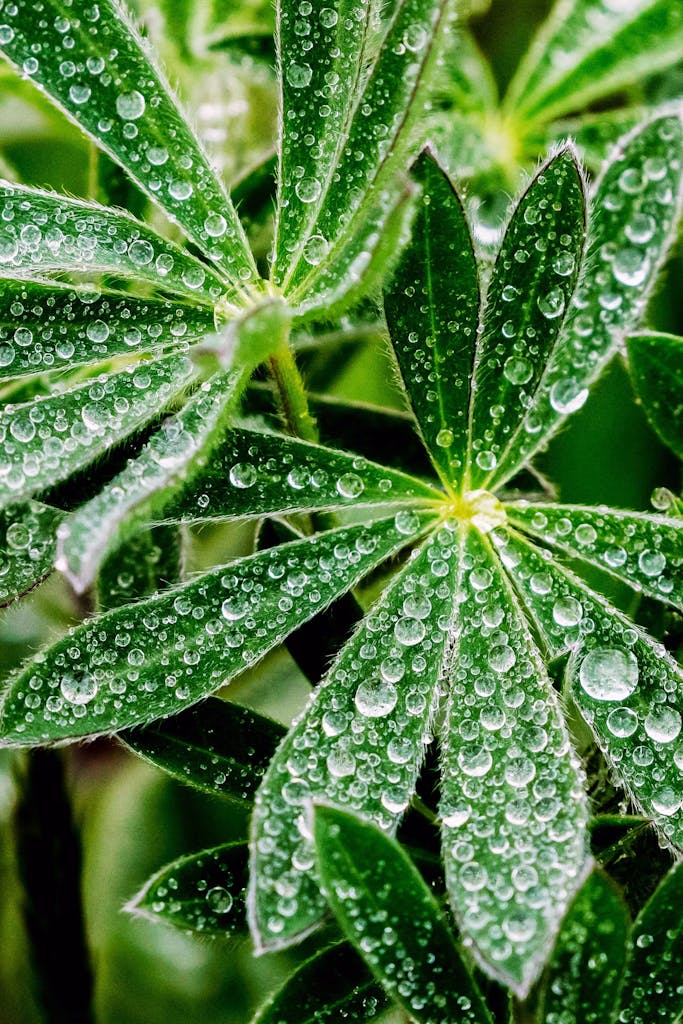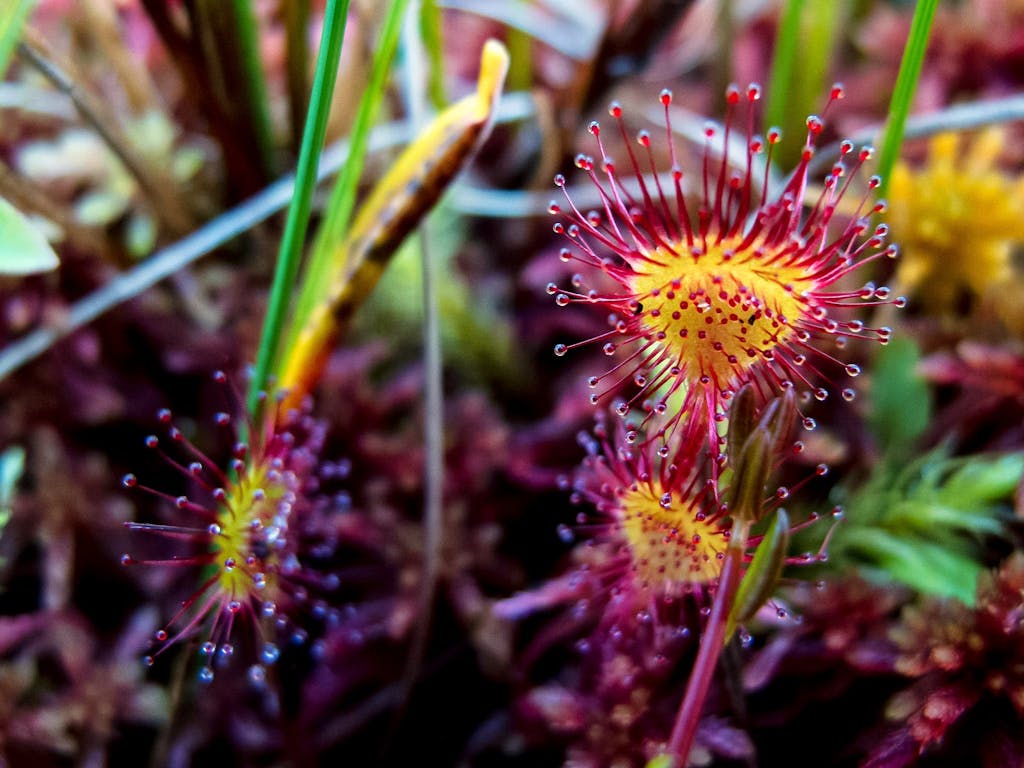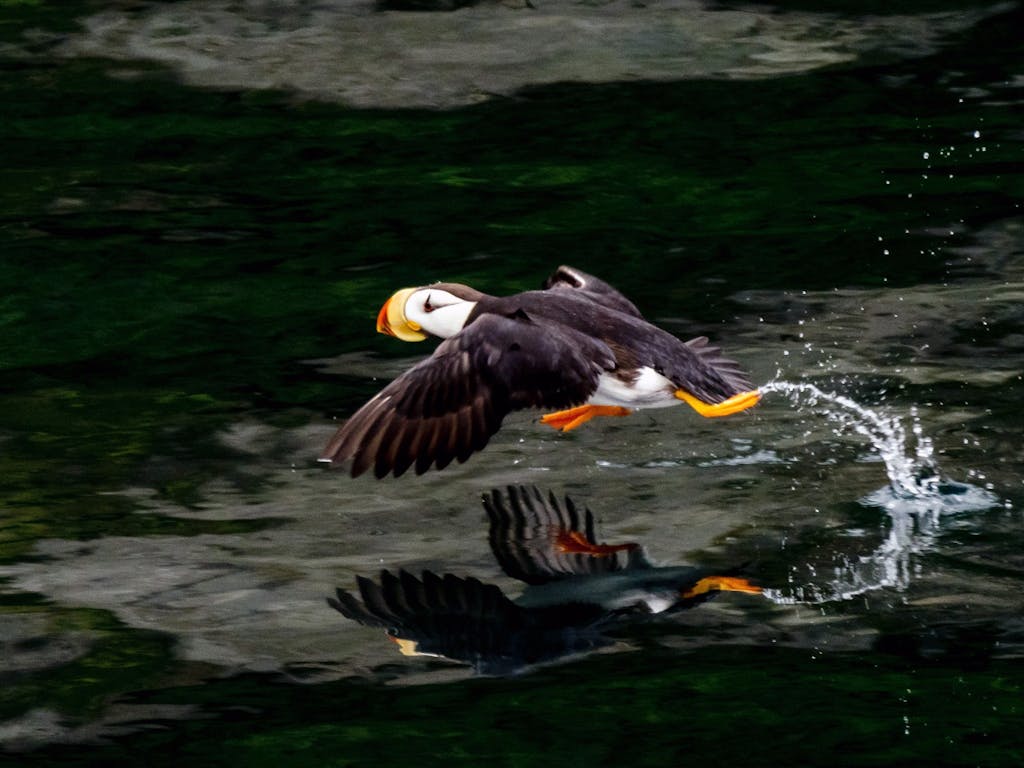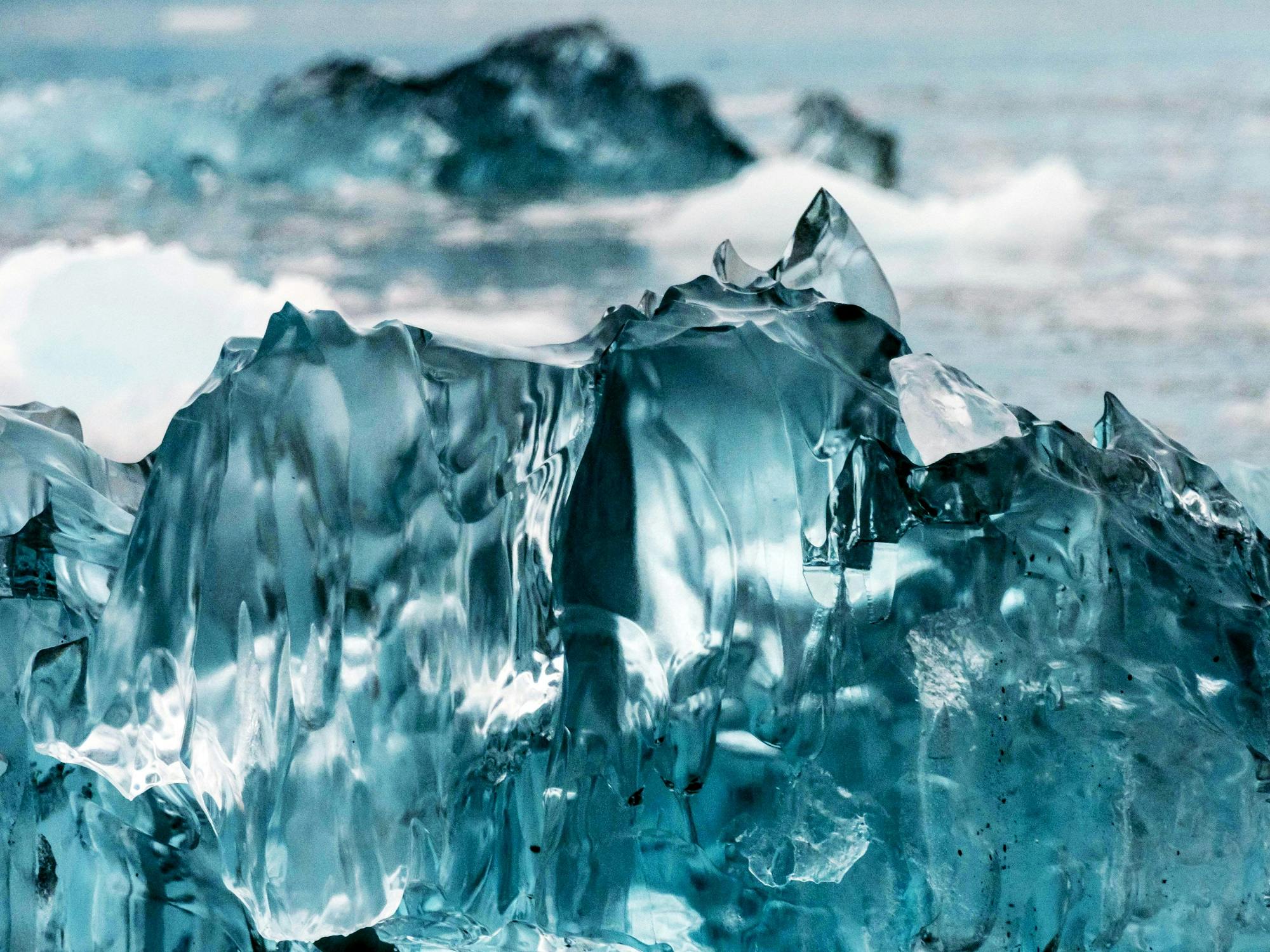Photographing Details in Alaska: The Largest State and Its Minute Grandeur
Close your eyes and picture Alaska… Even if you haven’t been to the Final Frontier, huge vistas will probably arise in your mind’s eye: Images of tremendous mountains, like Denali, the tallest mountain in North America, looming over a vast landscape; visions of large chunks of ice plummeting to the ocean from over 200 feet above. Perhaps you visualize breathtaking Alaska wildlife photography, such as a shot of coastal brown bears standing atop a small waterfall, waiting with mouth agape as salmon unknowingly push through their final leap upstream.
No matter what images may have popped into your mind, they are most likely images of ‘greatness’, ‘grandeur’ and ‘expansiveness.’ Alaska is vast. It’s the biggest state in the United States—two and a half times the size of Texas. With all this size comes exceptional diversity. The 32 different ecoregions occurring in Alaska include moss carpeted temperate rainforests, extensive cave systems, tremendous bogs and wetlands, as well as thousands of miles of coastal and intertidal habitats. It may come as a surprise this state even has sand dunes! Small wonder, then, that most travelers don’t focus on close up and macro photography when they take their cameras out in Alaska.

Beauty is in the Detail
Alaska’s details have always captured my attention above all else. Admittedly, I was overwhelmed with the grandeur on my first visit. Over time, I began to look at what comprises the grandeur. I looked into the individual components of those magical scenes that so impressed me. Observing these little details, the minutia, is a beautiful way to experience Alaska. Actively seeking them out and finding something new and wonderful is a gift beyond compare.
For photographers, Alaska is like being a kid in a candy store. In addition to large scale magic—like Denali, killer whales, calving glaciers and northern lights—there is the world up close. One of the benefits of macro photography is that it not only forces you, the photographer and nature enthusiast, to see things you might not normally see, but it illustrates a “different Alaska” to your friends and family.
In addition to engaging one’s awareness with this beautiful aspect of nature, macro photography is worthwhile because it balances out one’s portfolio. It brings to light that which is often overlooked: The details of moss, the crystalline structure of rocks on the beach, the intricate patterns of a feather floating on a pond or the yellow pollen coating the anthers of a chocolate lily. There are also unexpected benefits of macro photography for travel, because it slows down the traveler. Necessarily. It helps to create that sense of experiencing an environment in its entirety. This is something we as tourists don’t typically do because we haven’t trained ourselves to do so. Close up photography is one way to do this.

Preparation is Key
Because of the tremendous diversity of habitats that occur in the state, Alaska is a wonderful place to practice cultivating this type of environmental awareness, whether you wish to photograph it or not. However, for the photographer, being prepared to seek these details is key.
When planning your trip and looking over one of Silversea’s cruise itineraries in Alaska, bring awareness to shore experiences on which there will be particularly good opportunities to seek out the small. So, where is that? To start with, any place on land is great. Literally. Especially in the temperate rainforests of southeast Alaska. The diversity of mosses and lichens provides ample photographic-fodder throughout the year. June and July are great for the flower enthusiast. Later season is prime for fall colors and mushrooms. There is no best time for photography in Alaska when it comes to the ‘stable’ subjects—the natural phenomena that aren’t seasonal, such as the patterns in rocks, the variety of seaweeds, the incidental findings like ethereal mist enveloping the rainforest-clad slopes or the carnivorous sundew plant growing out of the red sphagnum moss of muskeg.
Morning is usually a better time for flower photography since it tends to be less windy and any movement of the subject may cause blurriness. If there is a bit of wind, set the camera on ‘continuous shooting mode’ (aka burst), wait for a lull in the breeze and fire away. Adjusting your camera settings for close up photography may help you capture the perfect shot!

Macro Photography Equipment
With all the macro photography equipment on the market, the photo enthusiast new to close-up photography might be overwhelmed. Fortunately, most aim-and-create cameras (aka point-and-shoot) have a ‘macro’ feature, typically indicated by a small flower icon. Most of the time, this feature works great. Yet, there are occasions when it’s helpful to take a little more control of what the camera focuses upon. This is when manual focus is your friend. Until very recently, all of my close-up work was shot with a very old ‘point and shoot’ camera with manual focus capabilities. That was partly because I didn’t own a macro lens, but also because the quality of these images was great. For those with a stronger interest in this type of photography, doing some research into the best macro photography lens for Alaska will be well worth the effort.
.
Whether you’re using an aim-and-create or a DSLR, when shooting up close the depth of field is very shallow. In fact, it’s so shallow that moving the camera millimeters makes a difference on whether your subject is in focus or not. A tripod, while not an absolute necessity, is very helpful. It also comes in handy when shooting a still subject in a darker environment when a slower shutter speed is required.

Tips for Macro Photography in Alaska
The typical guidelines for shooting regular photography, such as leading lines, sense of scale and repetition of patterns do apply to close up work. However, the one guideline or rule that I will often break is the rule of thirds, by placing my subject directly in the center of the frame. This works particularly well if the subject is round.
Alaska provides some incredible opportunities for developing patience for exploring the details. This is because even with just a little effort, the seeker is rewarded with exquisite nuggets of beauty. Clearly, while the macro world is an engaging and fascinating one, the incredible large-scale wonders of Alaska cannot and should not be overlooked. But having worked in Alaska since 1991, I know that the weather often obscures the view. This is when I think: “What a perfect time to delve into the wonders of the teeny-tiny.” Then I dive right in!
